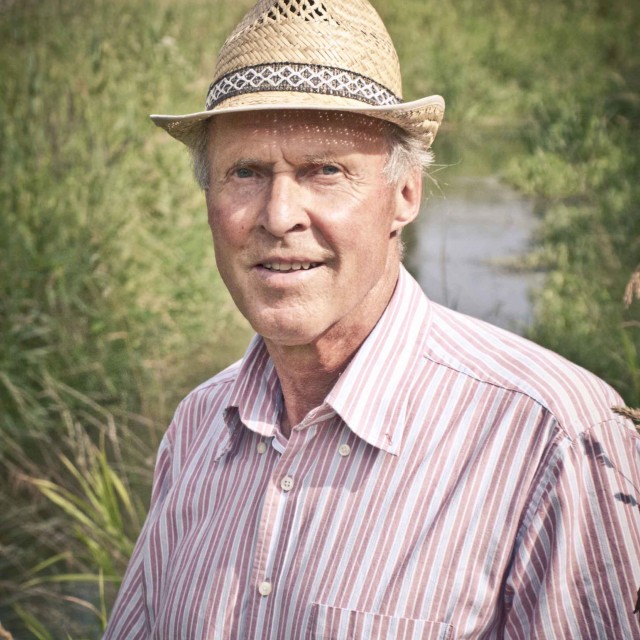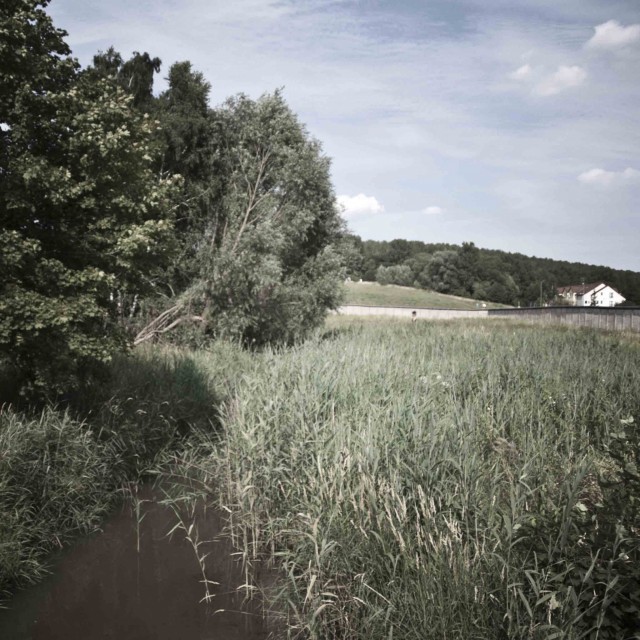An environmental police officer operating at the inner-German border
Klaus Wedemann was a police officer in Helmstadt. He specialized in environmental law and in 1986, he had an assignment in Schönigen. As there was still some time left, he went to the Schöninger Aue, a border river between the former GDR and the Federal Republic of Germany. It was at the border crossing from Hötensleben, which was closed at the time. It was a bit of a neglected area but the border river played a huge role as the local drainage channel nevertheless. “When pacing along the river, at one spot I suddenly realized that the water there had an apparently unnatural appearance. And I found a pipe which was located on the territory of the GDR, running into the Schöninger Aue. I could see immediately that this wasn’t okay. The flora of the water had disappeared completely river downwards. Therefore I crossed the border – illegally you could say – and took some water samples in the polluted area. But what was I supposed to do with it now? I passed the case to the prosecutor who then handed it to the Office for intra-German cooperation in Bonn as there were cross-border ramifications to the case. And it really didn’t take long before the pipe was removed. After some time, I went to the place again and it was no longer there. It had been removed by the GDR. Thus the water pollution was brought to an end,” he recalled.
Hodnocení
Hodnotilo 0 lidí
Strecken
Diese Geschichte ist in keiner Strecke.
Kommentare
Keine Kommentare.



